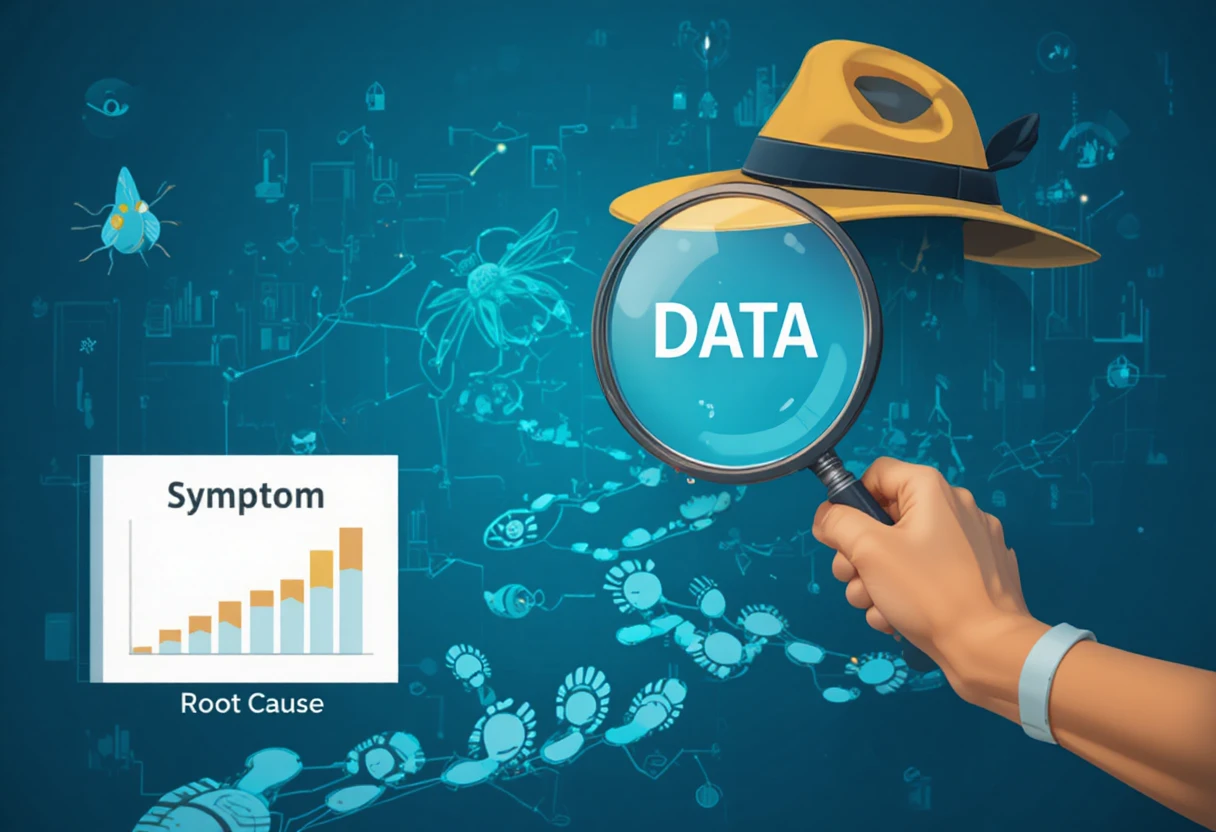Introduction
The workplace has undergone a major shift in the last few years, with hybrid work models becoming the standard for global organizations. For Technical Program Managers (TPMs), this means adapting leadership styles, communication strategies, and program execution methods to succeed in distributed environments.
Why Hybrid Work Matters for TPMs
TPMs are at the center of cross-functional collaboration. In hybrid setups, challenges like time zone differences, reduced visibility, and inconsistent communication can impact delivery. Effective TPMs must bridge these gaps to keep teams aligned.
Key Leadership Adaptations for Hybrid Work
1. Clear and Structured Communication
In hybrid environments, over-communication is better than under-communication. TPMs must use written updates, asynchronous tools, and structured meeting cadences to ensure clarity.
2. Building Trust Across Teams
Without face-to-face interactions, building trust requires transparency and consistency. TPMs must set clear expectations and deliver on commitments.
3. Leveraging Digital Tools
Hybrid work demands tech-enabled leadership. Tools like Slack, Jira, Miro, and Notion help TPMs track progress, facilitate brainstorming, and maintain visibility across teams.
4. Promoting Inclusivity
Remote team members should not feel left behind. TPMs must actively engage virtual participants during meetings, rotate meeting times for different time zones, and ensure equal opportunities for contribution.
5. Balancing Productivity and Well-Being
TPMs should monitor workloads carefully, encouraging sustainable delivery by respecting boundaries and promoting work-life balance.
Best Practices for TPMs in Hybrid Work
- Schedule regular syncs but keep them focused and time-boxed.
- Use asynchronous status reporting to reduce meeting fatigue.
- Create virtual spaces for informal team bonding.
- Document everything to increase visibility and alignment.
How KRACD Helps TPMs Lead in Hybrid Work
At KRACD.com, we train TPMs to adapt to modern leadership challenges, including hybrid work. Our programs emphasize:
- Communication mastery for distributed teams
- Tool-based execution strategies
- Case studies on hybrid program management
- Leadership frameworks for trust-building and inclusion
👉 With KRACD, you’ll learn to thrive as a TPM in any work model.
Conclusion
The hybrid era isn’t a challenge—it’s an opportunity for TPMs to showcase adaptability, leadership, and innovation. By mastering communication, inclusivity, and digital collaboration, TPMs can ensure programs succeed in this new normal.
FAQs
Q1: What’s the biggest challenge for TPMs in hybrid work?
Ensuring effective collaboration across distributed teams while maintaining program momentum.
Q2: How do TPMs keep visibility high in remote setups?
By using project tracking tools, dashboards, and asynchronous reporting to give stakeholders transparency.
Q3: Can hybrid work reduce TPM effectiveness?
Not if approached strategically. With the right skills and tools, TPMs can actually increase efficiency and inclusivity.

.jpg)

.jpg)

































.webp)








